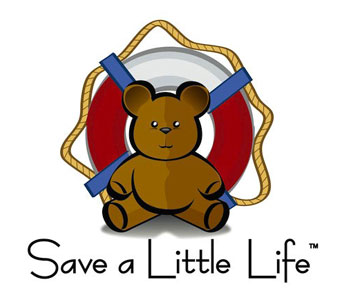PREVENT HOUSEHOLD POISONINGS
When pediatric specialists ask parents to pay close attention to prevent household poisonings they are speaking from experience. In a 5 year study of poisonings reported on by the American Association of Poison Control Centers, there were 3.8 million reported incidents in this country.* These occurred with infants & children up to the age of six. The more than 3⁄4 of a million poison exposures reflect only the reported cases on an annual basis. Presumably there are many more that go unreported or simply arrive at emergency departments across the U.S.
The loss of life and permanent injury remains an ongoing problem. Of the above mentioned cases, 2117 individuals experienced a “major outcome” (life-threatening effect or residual disability). In addition, there were 111 fatalities over and above these imposing numbers. When looking at the substances most commonly responsible for the poisonings, several led the list, including: cosmetics & personal care products, cleaning substances and plants. These 3 categories represent just over 30% of all reported cases.
One could deduce that the frequency of exposure does not relate to how toxic a substance is. In fact, the most damaging of the substances reported were iron supplements (usually found in children’s vitamins.) Over an 8 year period, iron toxicity accounted for 30.2% of unintentional fatalities in the pediatric population mentioned. Other drugs that were noted due to frequency include antidepressants, cardiovascular medications and aspirin products.
The vast majority of these toxic ingestion’s take place right in your home. Knowing this is one thing, yet prevention is something else. The steps that parents can take to reduce the chance of a poisoning in the home are simple and straight forward.
You should be able to answer YES to the following questions:
- Do you have child proof latches on all cupboards where toxic substances are kept?
- Are all poisons kept out of reach of small children?
- Do you keep prescription medications in a place that children cannot get to?
- Are cleaning solutions, solvents and other materials well out of reach of your kids?
- Are houseplants also out of reach of small children?
- Can young children be observed when playing in the yard where other plants grow?
It is clear that one cannot watch a child all day, everyday, and yet it is usually the unmonitored child who will get into a substance than can harm them.
WHAT IF A POISONING DOES OCCUR?
If an accidental ingestion of a substance (or a high suspicion of one) occurs, the following steps are recommended:
1. Determine as quickly as possible what was ingested and when
2. Call your local Poison Control Center** or local emergency room
3. Have activated charcoal solution on hand but do not administer unless directed to do so by an MD or PoisonControl staff person
Be vigilant regarding your child’s ability to breath normally and, if any indication exists that breathing is impaired, call 911 immediately.
Keep in mind that there are many toxic substances in our environment, yet the home is where our young ones are most often poisoned. Take some time to review the practical steps to reducing poisonings in the home, and remember, most of these unfortunate accidents can be avoided.
* Article on Pediatric Poisonings from the journal Pediatrics 89:999-1006



